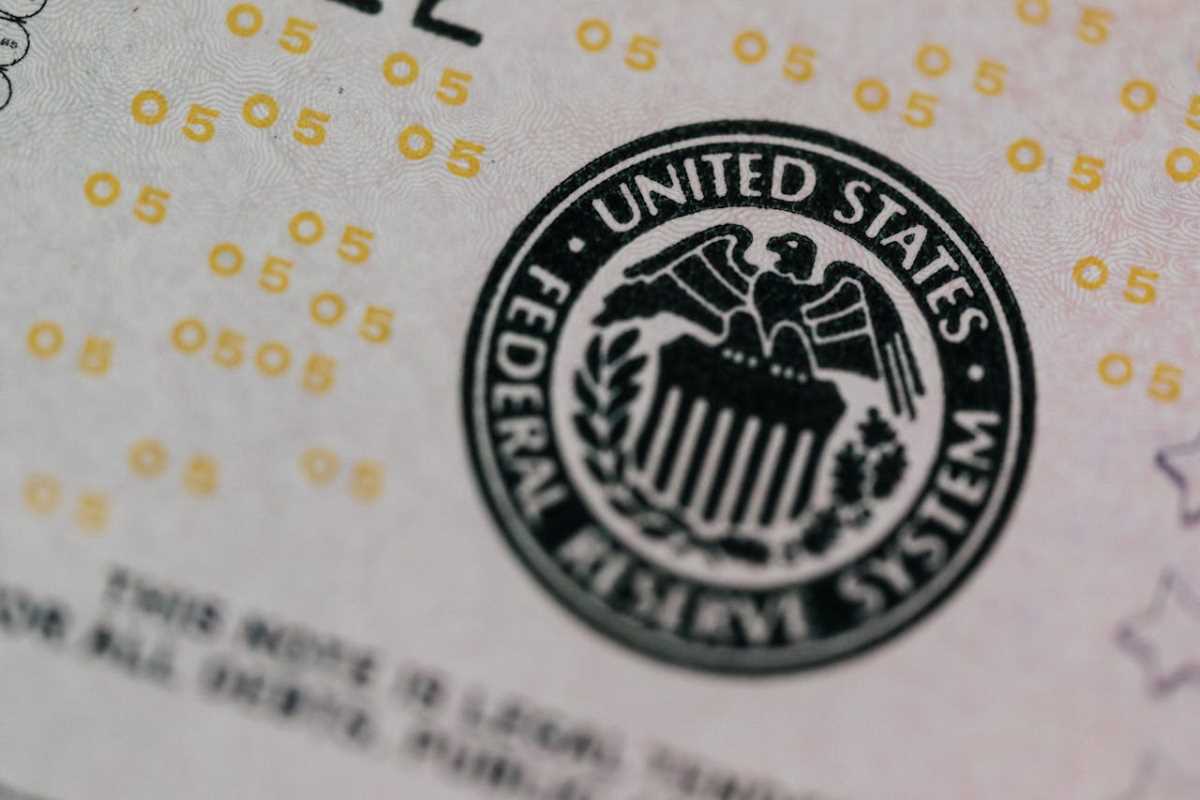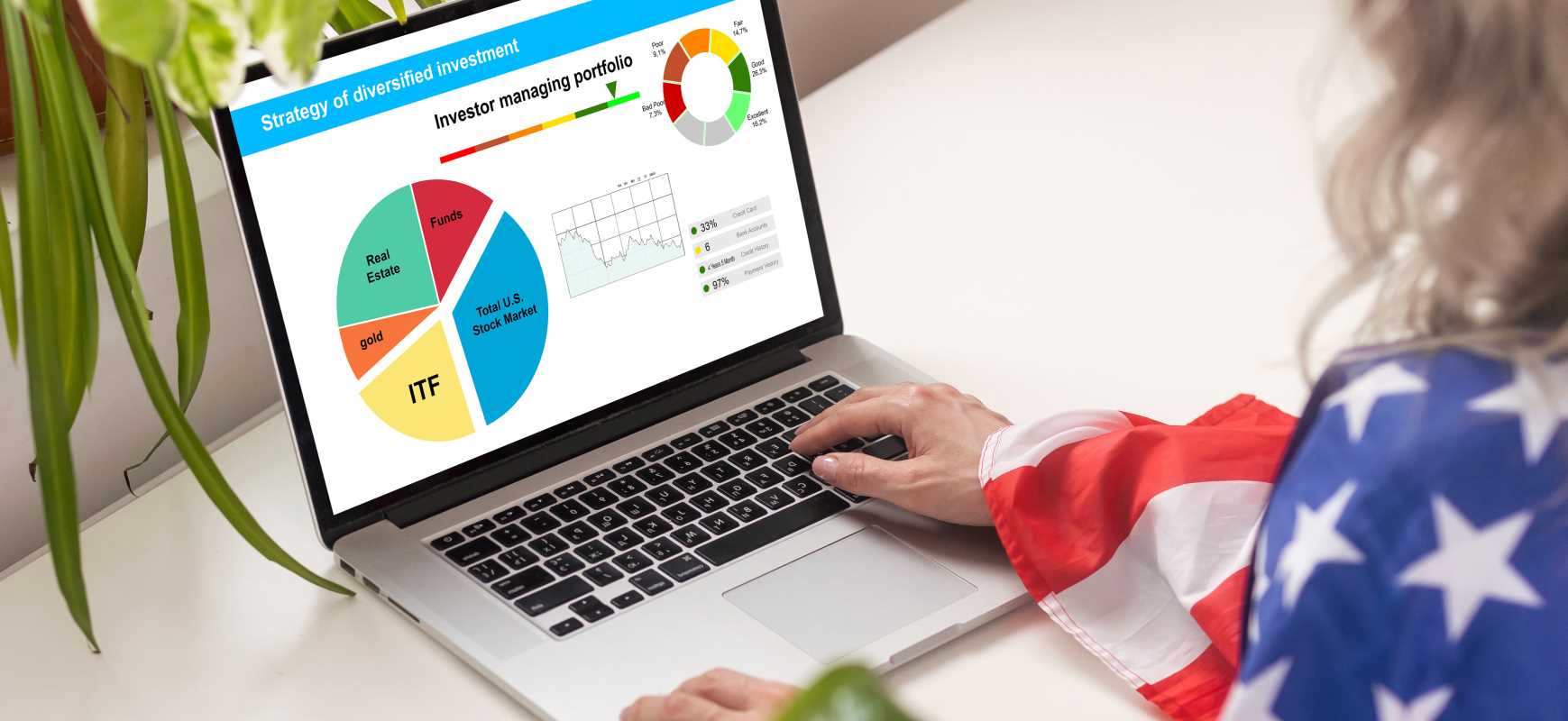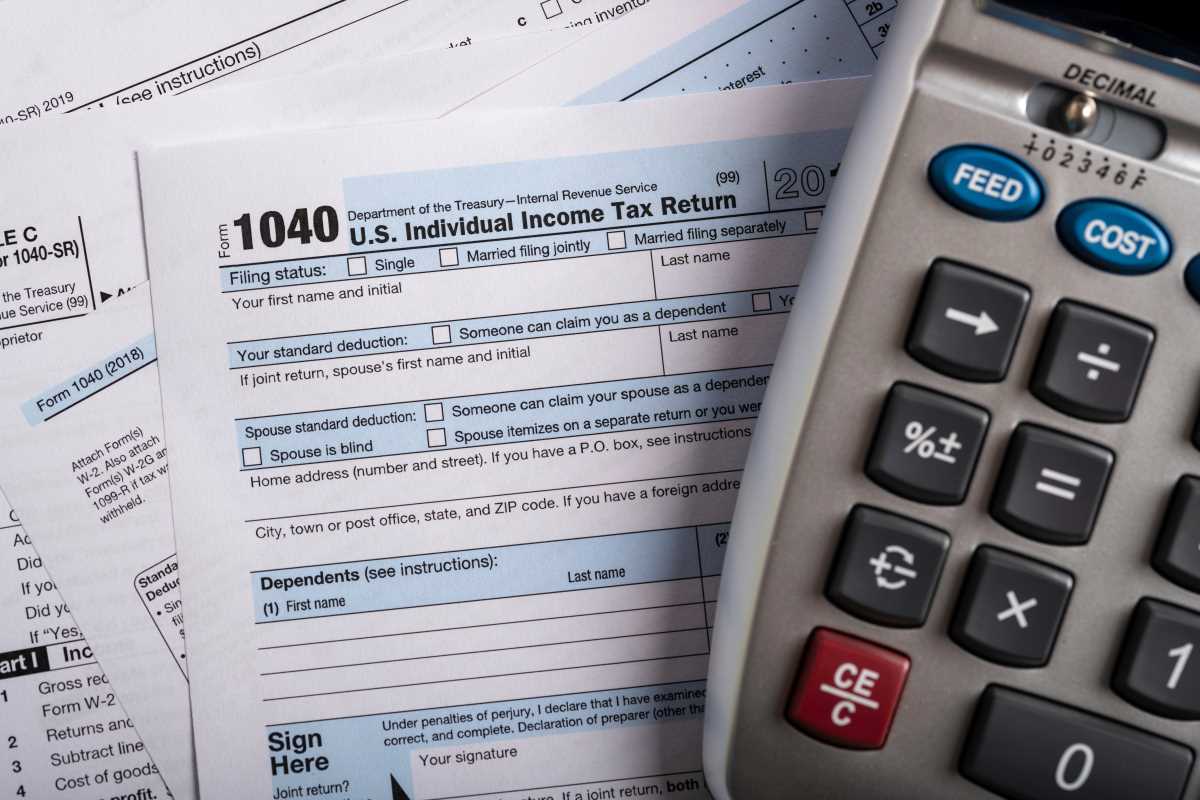For many, student loans can feel like an overwhelming mountain of debt, casting a shadow over life’s milestones like buying a home, starting a family, or saving for the future. The good news? Debt forgiveness programs are designed to bring relief and help borrowers regain financial stability. If you’re feeling stuck or unsure of where to start, this guide will walk you through the basics of student loan forgiveness programs, their benefits, potential downsides, and how you can take practical steps toward applying.
What Are Debt Forgiveness Programs for Student Loans?
Debt forgiveness programs are initiatives that cancel all or a portion of a borrower’s student loans, typically in exchange for meeting specific requirements. These programs were created to provide relief for borrowers who may struggle to repay their loans due to their profession, financial situation, or social contributions.
Forgiveness doesn’t mean your loans simply disappear overnight. Each program has terms, criteria, and timeframes that must be met before debts are forgiven. Understanding these details can help you decide if pursuing forgiveness is the right option for you.
Types of Debt Forgiveness Programs
There are several types of programs available, tailored to varying circumstances. Knowing the distinctions between them will help you pinpoint the right solution for your situation.
1. Public Service Loan Forgiveness (PSLF)
If you work in public service, such as government jobs or nonprofit organizations, you may qualify for PSLF. This program forgives the remaining balance of Direct Loans after 120 qualifying payments under an income-driven repayment plan.
To qualify, you must work full-time for a qualifying employer while making these payments. Although the process can take up to 10 years, this program can be life-changing for public service professionals burdened with significant debt.
2. Income-Driven Repayment (IDR) Forgiveness
Income-driven repayment plans adjust your monthly student loan payments based on your income and family size. These plans typically last 20 to 25 years, depending on the specifics. At the end of that term, any remaining loan balance is forgiven.
While helpful, this type of forgiveness does come with a potential drawback: the forgiven amount may be considered taxable income, meaning you could owe money during tax season.
3. Teacher Loan Forgiveness
This program is specifically for educators. Teachers who work full-time in low-income schools or qualifying educational service agencies for five consecutive years may qualify for forgiveness of up to $17,500 on certain loans.
It’s worth checking if your school or district participates, as this forgiveness program has stricter requirements compared to others.
4. State-Based Forgiveness Programs
Some states provide loan forgiveness programs to attract professionals like doctors, lawyers, and teachers to underserved areas. These programs vary widely in benefits and eligibility criteria, so it’s important to research your state’s offerings to see if you qualify.
5. Forgiveness Through Cancellation Programs
Certain loans, such as Perkins Loans, may qualify for cancellation if you work in public service professions like law enforcement, nursing, or the military. These cancellations often come with strict conditions, so reading the fine print is essential.
Eligibility Criteria
Each program has its own rules about who qualifies. While exact requirements differ, there are common factors lenders consider:
- Loan Type: Most federal forgiveness programs are designed for Direct Loans. Private loans are generally not eligible.
- Employment: Programs often require specific types of employment, such as nonprofit work, public service, or teaching.
- Payment History: Many programs need you to make several consistent payments under a qualifying repayment plan before earning forgiveness.
- Income: Some programs (like income-driven repayment plans) base eligibility on income and ability to pay.
If you’re not sure where you stand, the U.S. Department of Education’s website or your loan servicer can be a helpful place to start understanding your eligibility.
How to Apply
The application process can feel daunting, but breaking it into steps makes it more manageable.
1. Review Your Loan Type and Status
Begin by identifying whether your loans are federal or private. If you’re dealing with federal loans, check whether they’re Direct Loans, FFEL loans, or Perkins Loans. These details determine your forgiveness options.
2. Research the Right Program
Not all forgiveness programs will fit your unique financial and professional circumstances. Take time to understand which programs align best with your career path, income, and loan balance.
3. Certify Your Employment (If Needed)
For PSLF and Teacher Loan Forgiveness, you’ll need to submit employment certification forms regularly. This confirms that your work qualifies for the program. The earlier you start this documentation, the easier the process becomes down the road.
4. Follow Up Consistently
Keeping tabs on your application status is vital. Some borrowers experience delays or errors in processing, so don’t be afraid to reach out to your loan servicer for updates.
5. Seek Professional Guidance
If navigating the details of your loans feels overwhelming, consider consulting a financial advisor or nonprofit student loan organization for guidance. Many of these professionals can help map out a strong path to forgiveness.
The Benefits of Forgiveness Programs
Debt Relief
The most obvious perk is the reduction or elimination of your student loan balance. This can free you to focus on other financial goals, such as building savings, buying a home, or investing for retirement.
Encouragement to Serve
Programs like PSLF incentivize careers in education, healthcare, and public service fields, which are essential to communities. Knowing your loans could be forgiven can encourage you to pursue meaningful work without financial hesitation.
Stress Reduction
For many, student debt is a major source of stress. Forgiveness programs can alleviate that burden, offering peace of mind and increased financial stability.
Potential Pitfalls to Consider
While highly beneficial, these programs aren’t free of challenges. Processing delays, confusing eligibility requirements, and taxable loan amounts can create hurdles. That’s why careful planning and research are key to achieving the forgiveness you're seeking.
Practical Tips for a Smooth Journey
- Stay Organized: Keep a record of all payment receipts, applications, and correspondence with your loan servicer.
- Understand Your Payment Plan: Choose the repayment plan that aligns with the forgiveness timeline you’re targeting.
- Use Trusted Resources: Stick to government websites and reputable organizations. Be wary of scams promising quick forgiveness.
- Plan for Taxes (if applicable): If forgiveness is considered taxable income in your plan, set aside savings to cover any tax bills.
Remember, this isn’t just about eliminating debt—it’s about creating space in your life for new opportunities, stability, and peace of mind. Whether you’re a teacher, public servant, or someone simply trying to make smarter choices about your finances, forgiveness programs give you a chance to hit reset and reclaim control of your future.
 (Image via
(Image via





